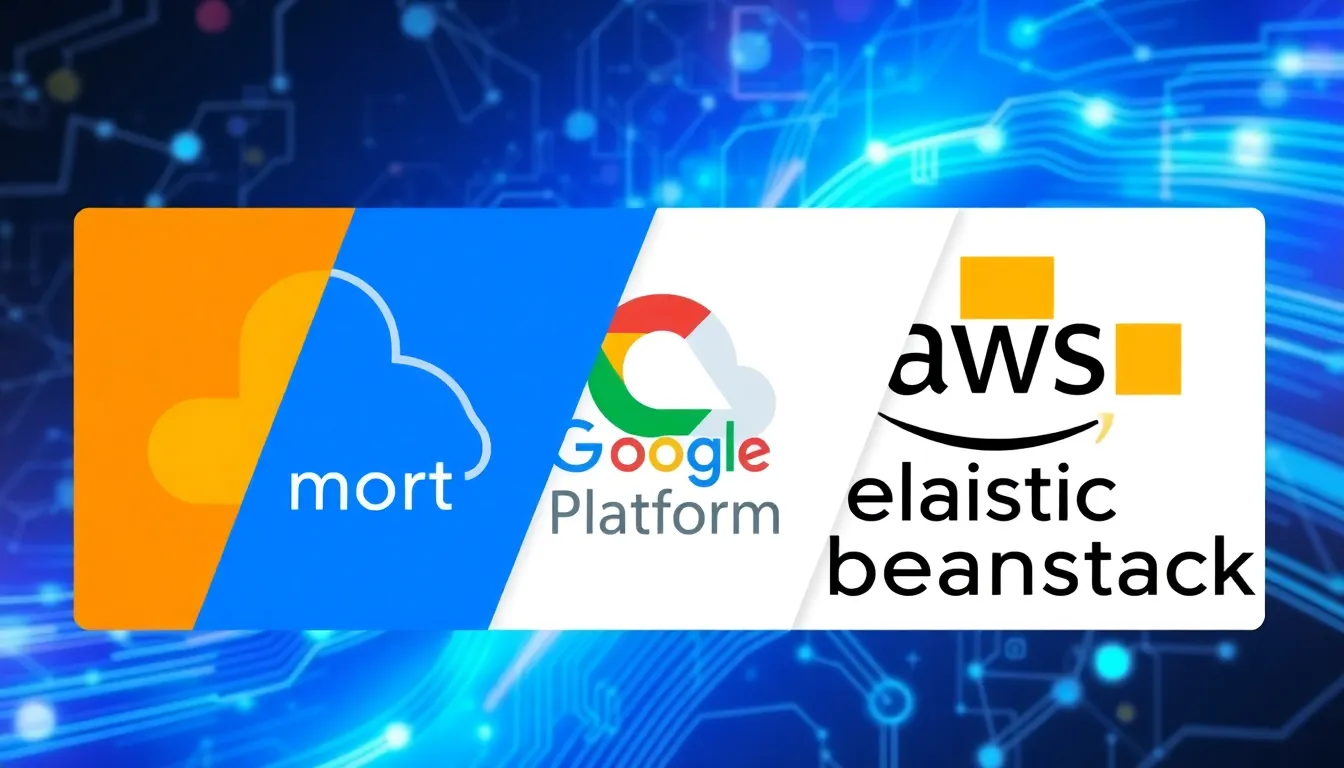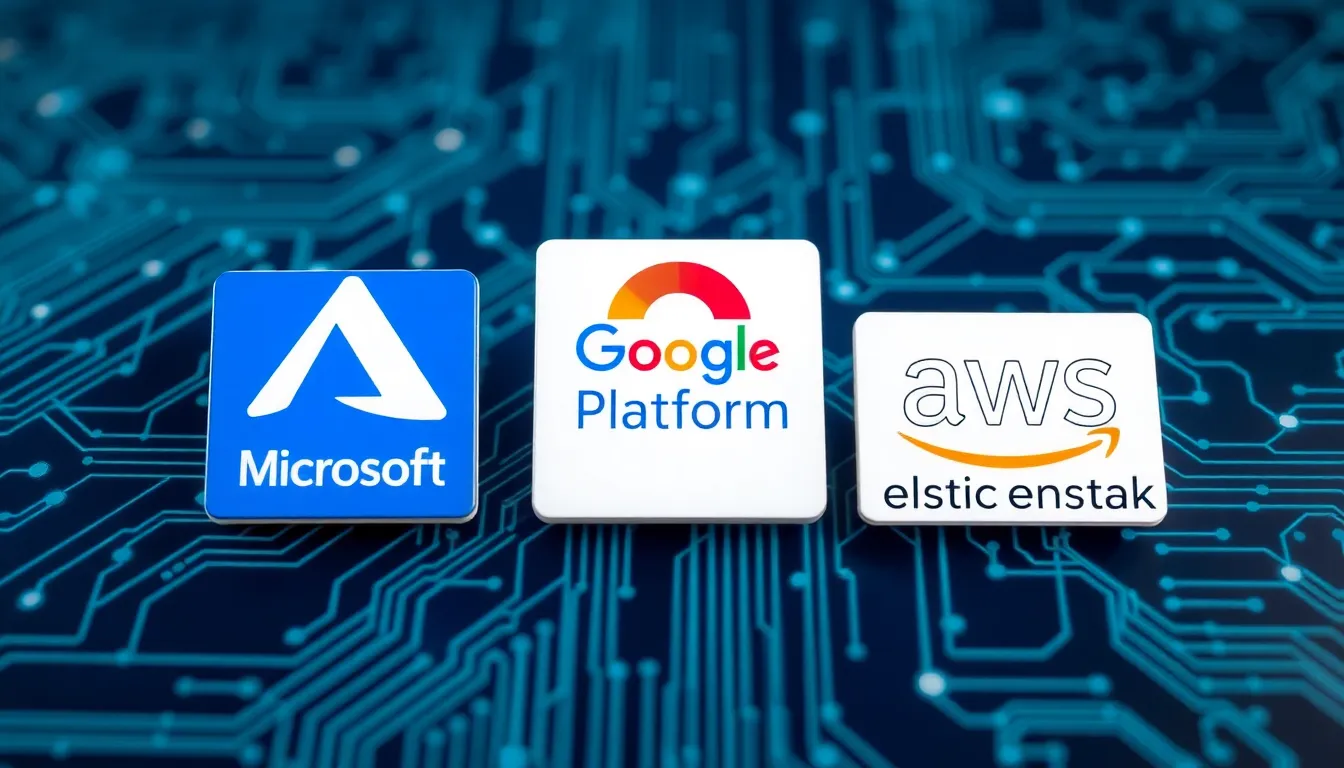In today’s fast-paced digital landscape, Platform as a Service (PaaS) has emerged as a game-changer for businesses seeking to streamline their development processes. With a myriad of vendors offering diverse solutions, choosing the right PaaS provider can be a daunting task. This analysis delves into the key players in the market, evaluating their strengths, weaknesses, and unique offerings.
Understanding the nuances of PaaS vendors is crucial for organizations aiming to leverage cloud technologies effectively. By exploring various factors like scalability, integration capabilities, and pricing models, businesses can make informed decisions that align with their goals. This article provides a comprehensive overview, helping stakeholders navigate the complexities of PaaS and select the ideal partner for their needs.
Table of Contents
ToggleOverview of PaaS Market
The Platform as a Service (PaaS) market encompasses various providers delivering cloud-based solutions for application development, deployment, and management. The market has expanded rapidly, driven by businesses seeking to enhance efficiency and reduce costs. Currently, the PaaS market is valued at approximately $60 billion, with an expected growth rate of 25% annually over the next five years.
Key Players in the PaaS Market
Leading PaaS vendors include:
- Microsoft Azure: Offers a comprehensive suite of services that facilitate seamless integration with existing IT infrastructures.
- Google Cloud Platform: Known for its robust data analytics and machine learning capabilities, it caters to developers focusing on cutting-edge technologies.
- AWS Elastic Beanstalk: Provides straightforward deployment options alongside a broad range of tools for large-scale applications.
Market Trends
Recent trends in the PaaS market feature:
- Increased adoption of microservices: Organizations gravitate towards microservices to improve scalability and speed of development.
- Enhanced focus on DevOps: The integration of development and operations leads to faster release cycles and improved collaboration.
- Growing importance of security features: Vendors emphasize enhanced security protocols to address rising concerns over data privacy.
Customer Needs and Expectations
Businesses seek several key features when selecting a PaaS vendor:
- Scalability: Providers must ensure solutions can grow with business demands.
- Integration capabilities: Compatibility with existing tools and platforms proves essential for seamless operations.
- Transparent pricing models: Clear understanding of costs associated with usage and services influences purchasing decisions.
These aspects play a crucial role in determining the effectiveness and suitability of PaaS vendors for various organizational needs.
Key Players in PaaS


The PaaS market features three major vendors, each offering unique strengths and capabilities. Analyzing these vendors provides insight into their distinct advantages and overall positions in the competitive landscape.
Vendor A Analysis
Microsoft Azure stands as a leading PaaS provider, known for its comprehensive suite of services. Azure’s key strengths include its seamless integration with existing Microsoft products and services, robust analytics tools, and extensive support for various programming languages. Azure provides businesses with options to scale applications effortlessly, accommodating varying workloads. However, some users note that pricing can be complex, and the learning curve may be steep for new users.
Vendor B Analysis
Google Cloud Platform (GCP) offers a powerful PaaS solution, particularly recognized for its data analytics and machine learning capabilities. GCP excels in providing an intuitive user interface and competitive pricing models. Users benefit from its global infrastructure, which facilitates low-latency performance across regions. Challenges for GCP include a smaller set of features compared to its competitors and less overall market presence, which may limit community support and available resources.
Vendor C Analysis
AWS Elastic Beanstalk remains a popular choice among businesses seeking a user-friendly PaaS option. Elastic Beanstalk simplifies application deployment, allowing users to focus on coding rather than infrastructure management. Key advantages include automatic scaling, integrated monitoring, and support for various programming languages. However, AWS’s vast array of services may overwhelm users, and navigation can be challenging for newcomers, potentially hindering effective utilization of the platform.
Evaluation Criteria for PaaS Vendors
Evaluating PaaS vendors involves examining several key criteria to ensure alignment with organizational needs. Focus on performance metrics, pricing models, and customer support when assessing potential providers.
Performance Metrics
Performance metrics are essential for determining the effectiveness of a PaaS vendor. Key indicators include:
- Uptime Percentage: A 99.9% uptime standard ensures minimal service interruptions.
- Response Time: Speed of application responses should meet user expectations, ideally under 200 milliseconds.
- Throughput Rate: The ability to handle concurrent transactions efficiently impacts user experience, with higher rates indicating reliability.
- Latency Levels: Keeping latency below 50 milliseconds enhances user interaction quality.
Organizations should monitor these metrics regularly to maintain optimal performance.
Pricing Models
Pricing models greatly influence vendor selection. Key pricing components encompass:
- Pay-As-You-Go: Customers incur charges based on actual usage, making it cost-effective for varying workloads.
- Subscription-Based: Fixed monthly or annual fees provide budget predictability, suitable for steady usage.
- Tiered Pricing: Different price levels correspond to varying resources and features, allowing customization based on needs.
- Free Tier: Offering basic services at no cost enables experimentation without financial commitment.
Understanding pricing structures aids organizations in forecasting costs effectively.
Customer Support
Customer support quality can significantly affect satisfaction. Critical support elements include:
- Availability: 24/7 support ensures issues can be resolved promptly, minimizing downtime.
- Channel Options: Multiple support channels, such as chat, email, and phone, facilitate easier communication.
- Knowledge Resources: Comprehensive documentation, tutorials, and forums empower users to troubleshoot independently.
- Response Time: Quick response rates to inquiries, ideally within an hour, enhance user confidence.
Commitment to strong customer support demonstrates a vendor’s dedication to user success.
Future Trends in PaaS
Growing trends in Platform as a Service (PaaS) are shaping the industry landscape, significantly impacting how organizations approach application development. Increased emphasis on automation, artificial intelligence (AI), and machine learning (ML) enhances operational efficiency and agility.
- Automation:
- Automation features steadily gain traction. Self-service capabilities enable users to deploy and manage applications without extensive technical expertise. This trend reduces operational overhead and accelerates development cycles.
- AI and ML Integration:
- AI and ML integration in PaaS environments is transforming application functionality. Developers implement intelligent features, including predictive analytics and natural language processing, enhancing user experience and engagement.
- Microservices Adoption:
- Microservices architecture continues to gain popularity. Organizations leverage microservices for modular applications, facilitating independent development and scalability. This approach simplifies updates and enhances system resilience.
- Edge Computing:
- Edge computing emerges as a critical trend. With the proliferation of IoT devices, businesses deploy applications closer to data sources, minimizing latency and enhancing performance. PaaS solutions are increasingly incorporating edge capabilities.
- Enhanced Security Measures:
- The focus on security intensifies as data breaches become more prevalent. PaaS vendors prioritize advanced security measures, including encryption, identity management, and compliance certifications, to address privacy concerns and build customer trust.
- Hybrid and Multi-cloud Strategies:
- Companies adopt hybrid and multi-cloud strategies to avoid vendor lock-in and optimize workloads. PaaS solutions provide flexibility, enabling seamless integration across multiple cloud environments for improved resource management.
- DevOps Integration:
- The integration of DevOps practices within PaaS solutions streamlines development workflows. Continuous integration and continuous delivery (CI/CD) capabilities help organizations release applications faster while maintaining quality.
As these trends evolve, they shape the future of PaaS, empowering businesses to enhance their development processes and stay competitive in a rapidly changing digital landscape.









